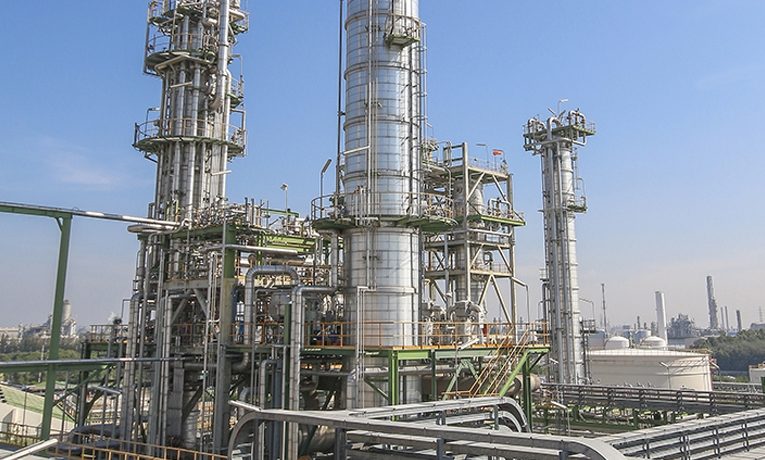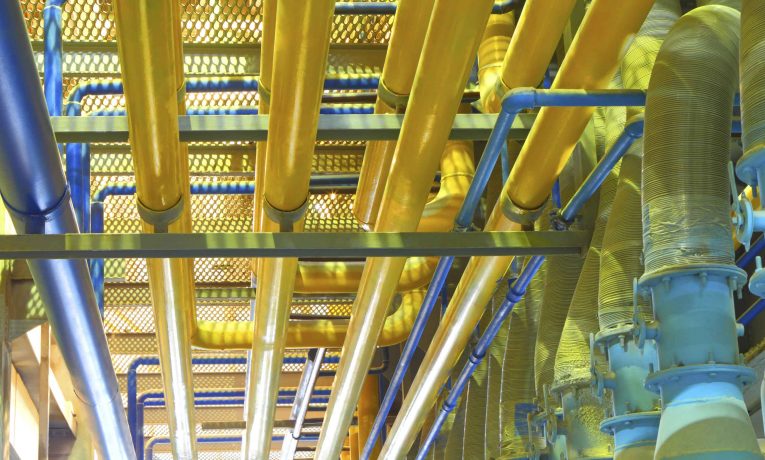Reducing the duration of annualized downtime for refinery turnarounds (T/A) remains an area of improvement for most refiners, who seek to boost the utilization of existing refining process units and maintain higher levels of operational availability.
Historically, refiners have focused heavily on the mechanical duration component of facility T/As when trying to optimize downtime cost and schedule. However, Solomon analysis of global data has identified “substantial opportunities” for refiners to reduce overall T/A downtime by scrutinizing T/A operational steps in a manner similar to the focus on the mechanical execution phase, according to a Solomon white paper, “Setting Targets for Turnaround Durations and Budgets”.
This reduction can be achieved through evaluating and improving the time required for shutting down a refinery, preparing for entry, conducting capital modifications, preparing for the startup, and bringing the refinery onstream to the point of achieving product specification targets.
Establishing T/A downtime targets for the operational and mechanical phases allows management to better define the extent of the scope to be performed during the outage. However, refiners face a challenge in setting realistic targets for each phase and whether these are competitive within the industry.
Solomon has collected data on refinery T/A performance worldwide for the past 35 years. In 2013, Solomon started gathering data on durations for the operational and mechanical execution phases of refinery T/As through its Turnaround Duration Study. The study normalizes the results by calculating a Turnaround Duration Index (TADI) based on unit capacity, which allows a direct comparison of downtimes and the duration for each phase within each process type.
The best-performing refineries have optimized the mechanical and operational phases of T/A, Solomon found. At the process unit level, the better-performing refiners recorded durations at an average of 75%-85% of the TADI for all major refinery processes, while averages for the second half, or poor performers, typically were 70% longer in duration for each process. At the refinery level, the average value for TADI for all refineries in the Turnaround Duration Study was 111.9%, with better-performing refineries averaging 79.2%.

The majority of refineries with lower total TADI for both operational and execution phases fared better in the operational aspects of taking the units down and restarting them. For the first half of the refineries in the Turnaround Duration Study, total TADI averaged 90% while the average for the second half was 129%. “This would indicate that better planning and coordination is occurring in all departments, not just the mechanical execution,” Solomon consultants Gary Fuller and Bruce Pretty noted in the paper. Improving planning and coordination resulted in a reduction of total downtime of more than 30% of the TADI or the equivalent of 12 days. Excluding the execution phase, which can be subject to a number of variables, the result was a difference of five days in the average downtime between the better and poorer performers.
The refinery operations and T/A management team must work together to effectively optimize downtime. Successful T/As typically involve:
- T/A planning started well in advance of the event
- Plant leadership involvement in monitoring the progress and milestones in the planning effort
- Contractors selected and on-site well in advance of the T/A start
- Contractors involved in preparing the detailed T/A plan and having adequate time to guide their supervisors on the scope of work
Careful planning of both the operational and mechanical phases of T/A not only can improve utilization but improve some aspects of refinery safety and environmental performance as well.
Subscribe to receive periodic emails based on your area(s) of interest: Refining, Chemicals, Upstream, Midstream, Power Generation, Reliability & Maintenance.

.jpg)







.jpg)
-updated.jpg)
-updated.jpg)
.jpg)
.jpg)
-updated.jpg)
-updated.jpg)
.jpg)
.jpg)
.jpg)


.jpg)
.jpg)
.jpg)
.jpg)
.jpg)
.jpg)
.jpg)
.jpg)
.jpg)
.jpg)
.jpg)
.jpg)
.jpg)
.jpg)